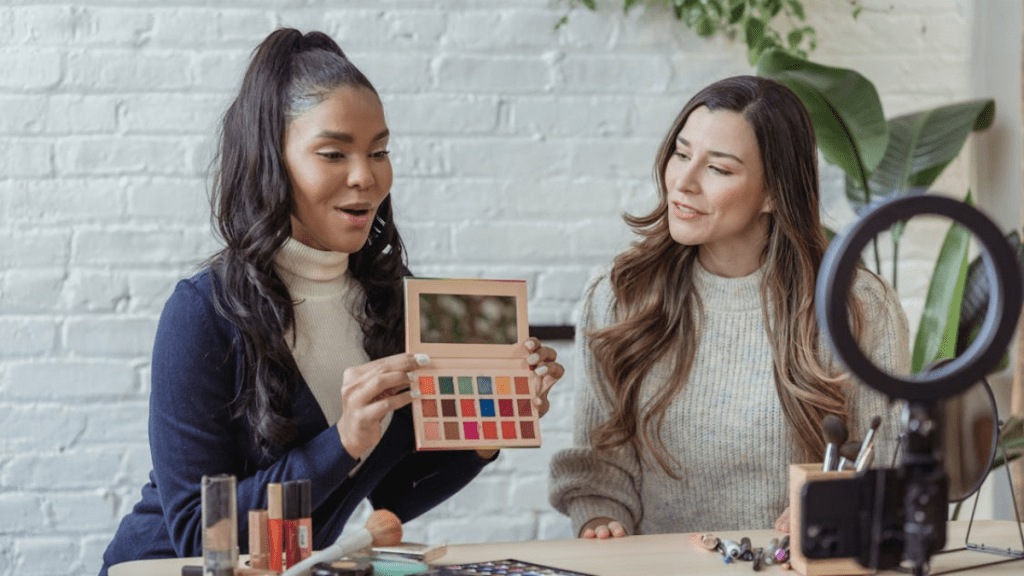Influencer marketing in India is expected to surge by 25% in 2024, reaching Rs 2,344 crore, and further expand to Rs 3,375 crore by 2026, according to a joint report by EY and Collective Artists Network titled ‘The State Of Influencer Marketing in India’. The projections underscore the continued growth and potential of the influencer marketing industry, presenting opportunities for brands, marketers, and influencers alike.
The report highlights with 50% of mobile usage dedicated to social media platforms, integrating influencer marketing into communication strategies is essential for marketers. In addition, it is expected that there will be 740 million active smartphones in India by 2030. Consequently, three out of four brand strategies are expected to include influencer marketing. Brands prioritise engagement rate and the quality of the target audience when selecting influencers, recognising the importance of authentic connections in reaching their desired audience.
“In today’s rapidly changing Indian society, citizens face transformations in various aspects – be it societal norms, career paths, financial strategies, or cultural shifts. Influencers are stepping in to provide guidance, reassurance, and advice, effectively assuming the role of contemporary heroes. Coupled with the projected growth in influencer marketing, it’s clear that influencers now define an unprecedented era of knowledge and impact, while also unlocking vast opportunities for brands and marketers,” Amiya Swarup, partner-marketing advisory, EY India, said.
Furthermore, 75% of brands are expected to consider influencer marketing as part of their marketing strategy while 70% of brands plan to keep their influencer marketing budget the same or increase it in 2024, with half planning to increase it by up to 10%. Additionally, 77% of brands believe that their agencies are fairly equipped to drive influencer marketing campaigns.
The report further reveals that the growth of influencer marketing is anticipated to be driven by lifestyle, fashion, and beauty categories. Further insights from the survey indicate that sectors such as automobiles, e-commerce and FMCG are expected to increase spending on influencer marketing the most.
“It is heartening to see that brands are recognising the potential of the creator economy and are increasingly investing in influencer marketing, with sectors like FMCG, automobiles and consumer durables leading the way,” Vijay Subramaniam, group CEO and founder, Collective Artists Network, said.
It was found that marketers must strike a strategic balance between mega/ macro influencers to drive awareness and brand loyalty, while also tapping into the power of micro/ nano influencers to drive engagement. Interestingly, nano influencers had the highest engagement rate compared to other influencer categories. It is important to note that 47% of brands preferred driving influencer campaigns with micro and nano influencers due to the lower cost per reach. Approximately 71% of brands engage with influencers on a fixed fee model and 29% are exploring performance-linked models to drive influencer accountability.
Moreover, 77% of influencers reported income growth in the past two years and 86% of influencers expected an over 10% increase in their income over the next two years. 56% of the brands invested more than two percent in influencer marketing.
Challenges were reported from both the brand side and the influencer side. The biggest challenge for marketers was determining the ROI of their influencer marketing campaigns while building a loyal audience and maintaining credibility were the top two challenges for influencers.
“In the world of digital marketing, where getting two to three minutes of attention from a consumer is a massive challenge, creators can capture undivided attention with their creativity,” Anurag Iyer, CEO, Big Bang Social, said.

